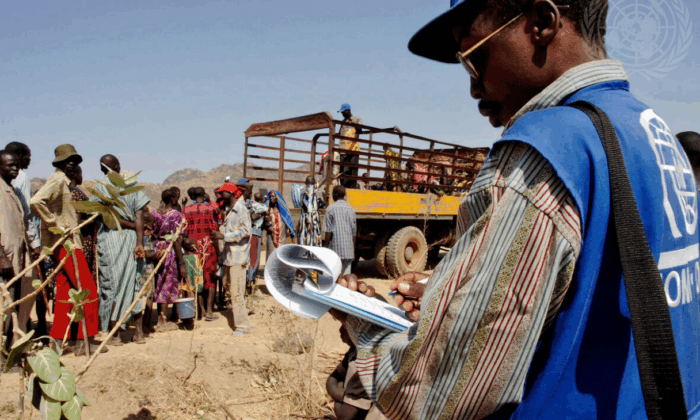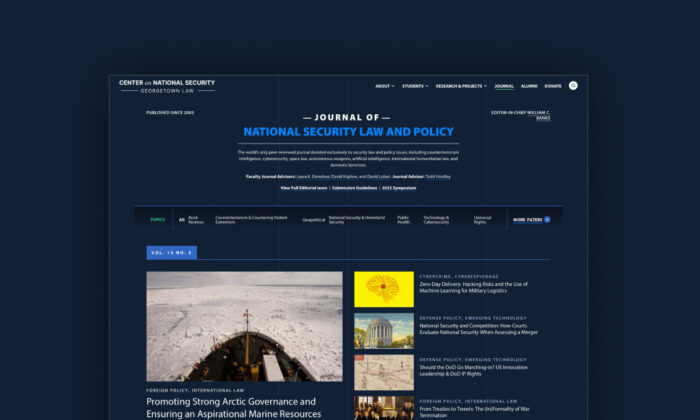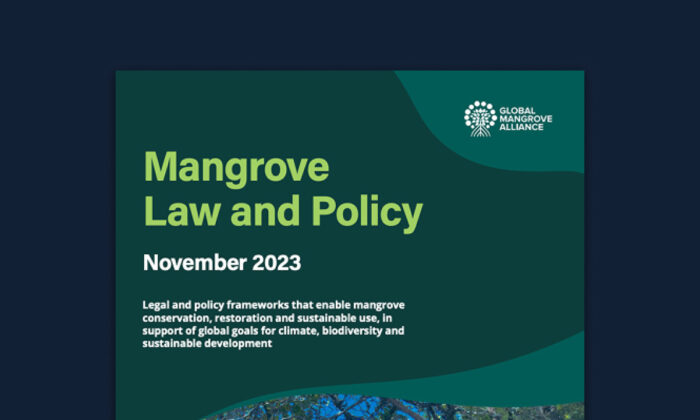Authors: Lydia Slobodian, Adriana Vidal and Carole Saint-Laurent
Support and demand for forest landscape restoration (FLR) are growing, evidenced by increasing commitments and action on restoration from countries, communities, donors and the private sector, as well as by the proclamation by the UN General Assembly of 2021 to 2030 as the UN Decade on Ecosystem Restoration.
Experience has shown that for FLR to be successful, it needs to be supported by policies that incentivise, facilitate and mobilise the implementation of FLR. However, many stakeholders are unaware of what these FLR-supportive policies look like, and as such, what to look for in order to improve their current legal framework.
This analysis describes the particular characteristics that are integral to FLR and identifies key success factors to create a supportive policy environment. This information can serve as a useful aid for improving policy and legal frameworks that support FLR in national and subnational jurisdictions.
The first part of the document offers an overview of critical elements for FLR-supportive policies to motivate, enable and implement FLR. Examples of existing policy and legislative frameworks are provided for each of the elements addressed, most of which are derived from the country case studies presented in the Annex: Vietnam, Ethiopia, Madagascar, and Colombia. The case studies highlight central legal or policy issues in the land-use sector and provide examples of policy frameworks that address them, which can serve as inspiration and reference for other countries implementing more specific FLR solutions. This document also presents a thematic case study with information on special policy considerations for mangrove ecosystems. The final section of the analysis presents common elements and lessons learned.



